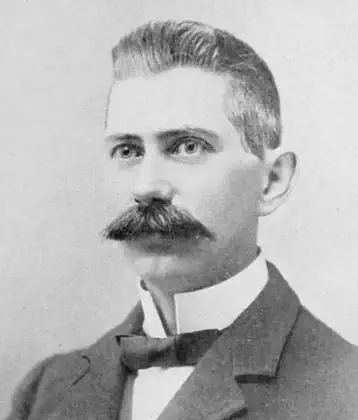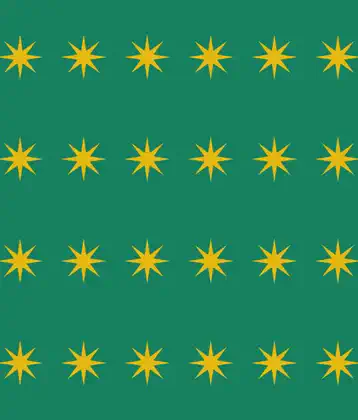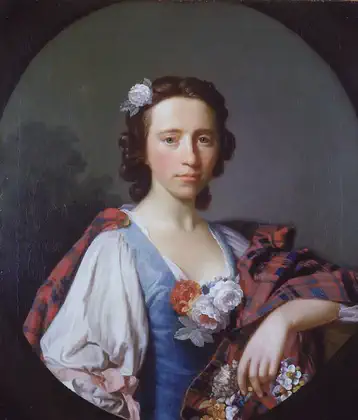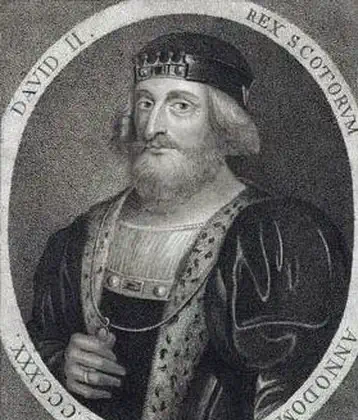On March 05, 1133 in Celtic History
King henry ii of england, born

Henry II (5 March 1133 – 6 July 1189), also known as Henry Curtmantle, was King of England from 1154 until his death in 1189. During his reign he controlled England, substantial parts of Wales and Ireland, and much of France (including Normandy, Aquitaine and Anjou), an area that altogether was later called the Angevin Empire, and also held power over Scotland and the Duchy of Brittany.
Henry became politically and militarily involved by the age of fourteen in the efforts of his mother, Matilda (daughter of Henry I of England), to claim the English throne, at that time held by Matilda’s cousin Stephen of Blois. Henry’s father, Geoffrey, made him Duke of Normandy in 1150, and upon Geoffrey’s death in 1151, Henry inherited Anjou, Maine and Touraine.
His marriage to Eleanor of Aquitaine brought him control of the Duchy of Aquitaine. Thus, he controlled most of France. Henry’s military expedition to England in 1153 resulted in King Stephen agreeing, by the Treaty of Wallingford, to leave England to Henry, and he inherited the kingdom at Stephen’s death a year later. Henry was an energetic and ruthless ruler, driven by a desire to restore the royal lands and prerogatives of his grandfather Henry I.
During the early years of his reign Henry restored the royal administration in England, which had almost collapsed during Stephen’s reign, and re-established hegemony over Wales. Henry’s desire to control the English Church led to conflict with his former friend Thomas Becket, the Archbishop of Canterbury.
This controversy lasted for much of the 1160s and resulted in Becket’s murder in 1170. Soon after his accession Henry came into conflict with Louis VII of France, his feudal overlord, and the two rulers fought, over several decades, what has been termed a “cold war”.
Henry expanded his empire at Louis’ expense, taking Brittany and pushing east into central France and south into Toulouse; despite numerous peace conferences and treaties, no lasting agreement was reached.
More From This Day






